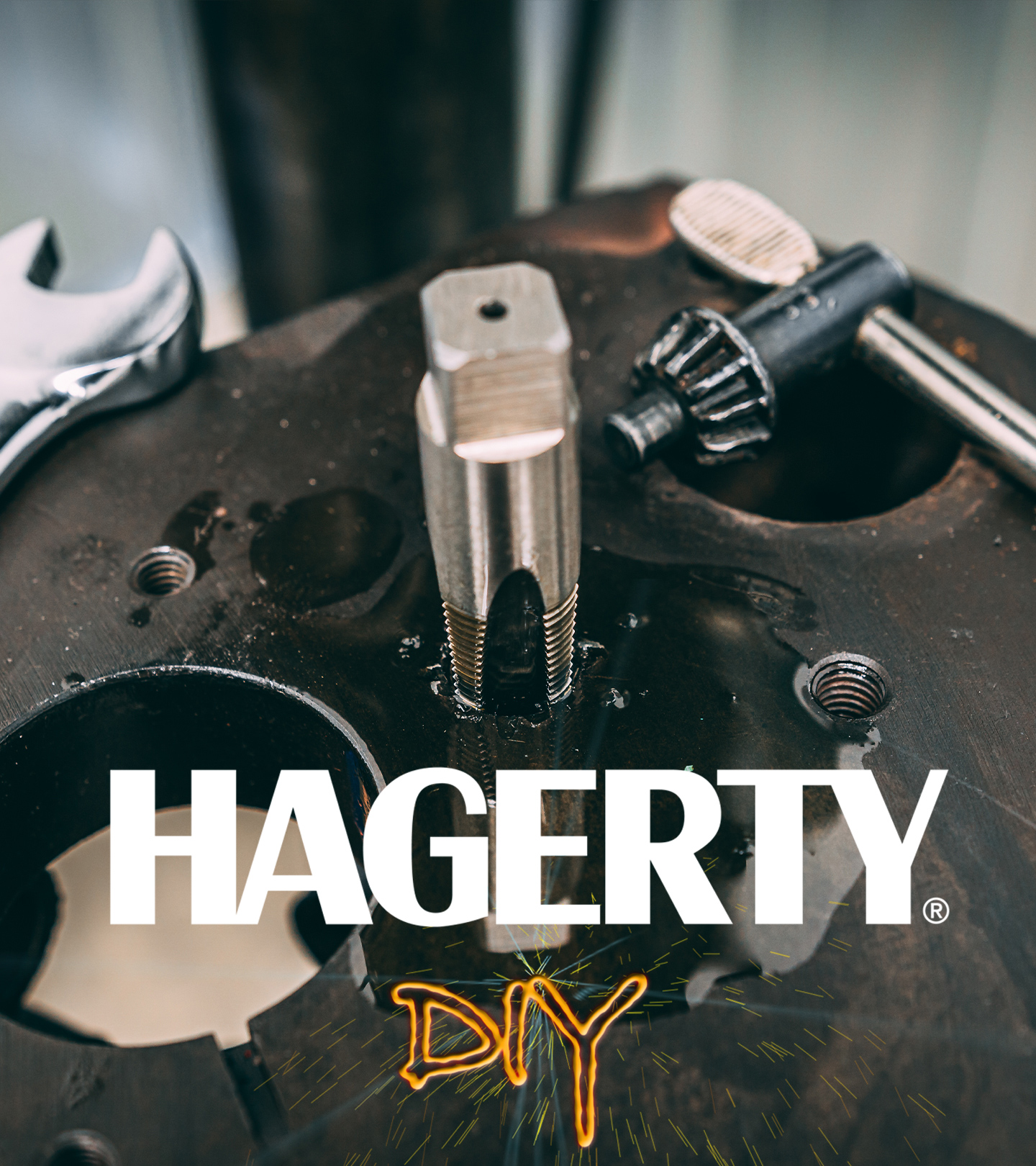Enjoy Redline Rebuild stories, opinion, and features from across the car world - Hagerty Media
The traditional Redline Rebuild is was just an engine, but in the case of the Honda Trail 70, Davin is working on the motor as just one part of a bigger machine. The engine on these small bikes goes together fast enough at normal speed that the time-lapse concept is almost overkill. Think we’re joking? This week’s Redline Update proves it.
Before assembly can happen, the cleaning must happen. It’s often an off-camera job simply because it is the most boring part of any project. It might be an uninteresting process, but the results are often worth the effort. For the Trail 70, Davin tried vapor honing, a technique he had not yet used on a Redline Rebuild project. The engine case was shipped down to Ohio, where a friend spent a half hour blasting away years of grime and corrosion. The finished product is gleaming and ready for the roller bearings to be pressed in.
Once a few bearings are in place, the assembly goes quickly. Since the Honda is mainly press-fit roller bearings, there is minimal measuring like the automotive engines Davin is used to. The simple transmission tucks in nicely before the crankshaft settles in next to it. The clutch plates soak in oil for a lunch break before going together to wrap up this assembly session.
Next up is the piston and top-end assembly, and if you don’t want to miss a minute of the process be sure to subscribe to the Hagerty YouTube channel to get notifications when each video goes live.










